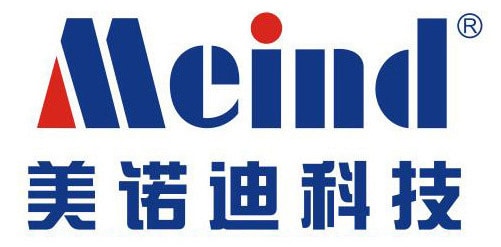I guess you have already know that Power Inverter is a useful device when you are facing AC shortage.
But to use it safely, correctly and properly, the below tips would be greatly helpful.
1. DC voltage should be consistent
Each inverter has a DC voltage value, such as 12V, 24V, etc.
The required battery voltage must be the same as the inverter DC input voltage. For example, a 12V inverter must have a 12V battery.
2. The output power of the inverter must be greater than the power used by the appliance.
Especially for appliances with large power at startup, such as refrigerators and air conditioners, leave a larger margin.
3. The DC voltage of the transformer is marked with positive and negative poles.
Red is positive (+), black is negative (-), and the battery is also marked with positive and negative poles, red is positive (+), black is negative (-), and must be positive (red) when connected. Negative (black and black). The cable diameter must be thick enough and the length of the cable should be as small as possible.
4. It should be placed in a ventilated and dry place, beware of rain and have a distance of more than 20cm from the surrounding objects.
Keep away from flammable and explosive materials. Do not place or cover other items on the machine. The environment temperature is not more than 40 ° C.
5. Charging and inverse cannot be performed at the same time (except for inverters with UPS function).
That is, the charging plug cannot be inserted into the electrical circuit of the inverter output during inverter.
6. The two power-on intervals should be no less than 5 seconds (disconnect the input power).
7. When connecting the battery, make sure there are no other metal objects on the hand to avoid short circuit.
8. The using environment, based on security and performance considerations, the installation environment should have the following conditions:
1) Dry: Do not soak or rain;
2) cool: the temperature is between 0 ° C and 40 ° C;
3) Ventilation: Keep no foreign matter in the 5CM on the casing, and the other end faces are well ventilated.
9. Although the inverter can withstand 2 times the peak power of the nominal power, the peak power of some power-compliant appliances (such as TVs, monitors, motors) may exceed the peak output power of the inverter, causing overload protection.
When driving multiple appliances at the same time, you should first turn off the appliances and connect them one by one, then turn on the inverter, then turn on the appliances one by one, and turn on the appliance with the highest power first.
10. During the use of the inverter, the battery voltage begins to drop (in the case of a 12V battery). When the voltage at the input of the inverter drops to 10.4-11V, the alarm sounds, and the computer or other important electrical appliances. It should be closed in time. If you continue to use it, the inverter will automatically shut down when the voltage reaches 9.7-10.3V. This is to avoid excessive discharge of the battery. After the inverter enters low voltage protection, the red indicator light will light up.
11. When using the inverter in a car, start the vehicle in time to charge the battery to prevent battery burnup, affecting car start-up and battery life.
12. After using the inverter for a long time, the surface temperature of the casing will rise to 60 °C. At this point, you should pay attention to air circulation and be careful of high-temperature burns.
